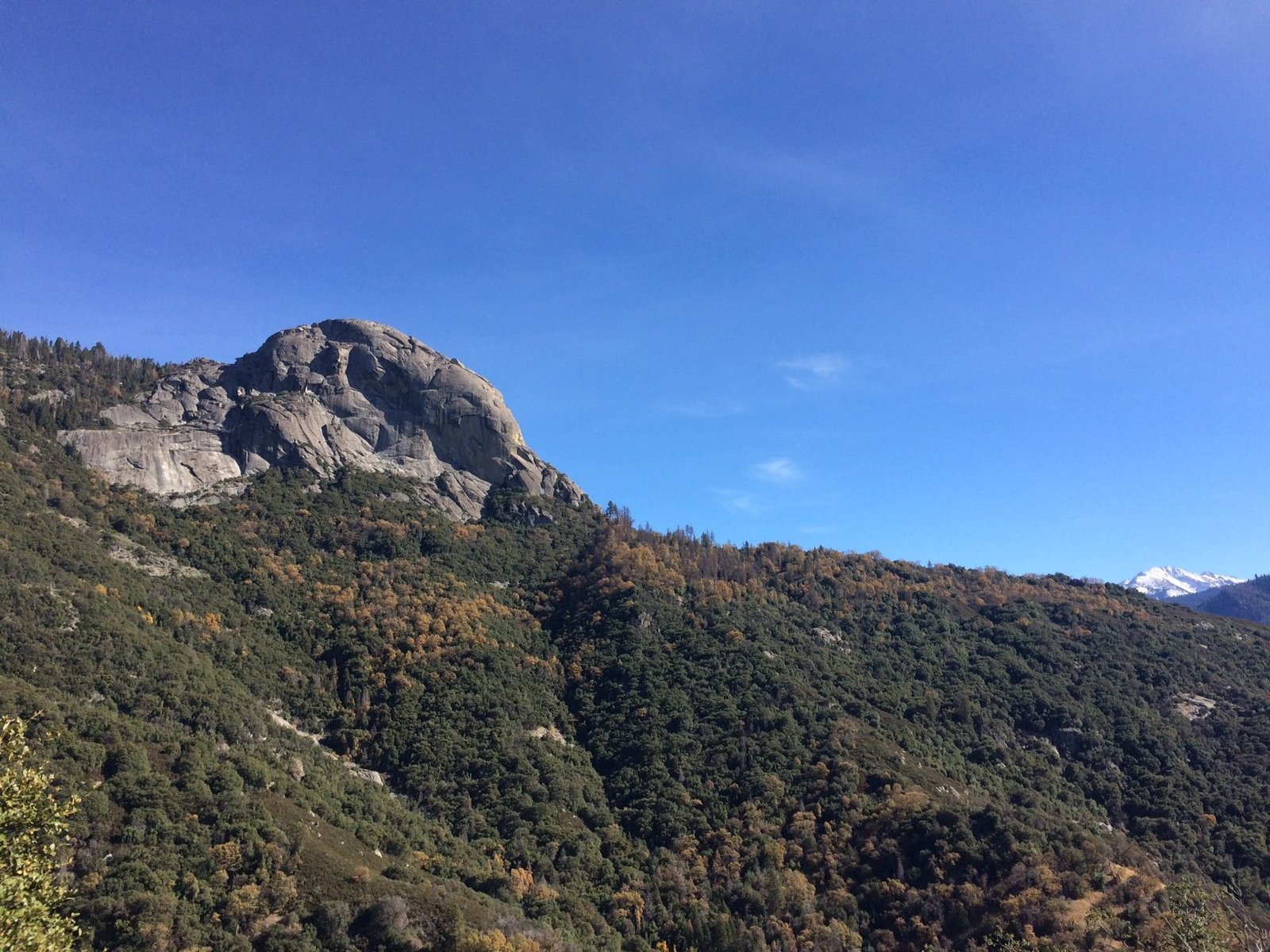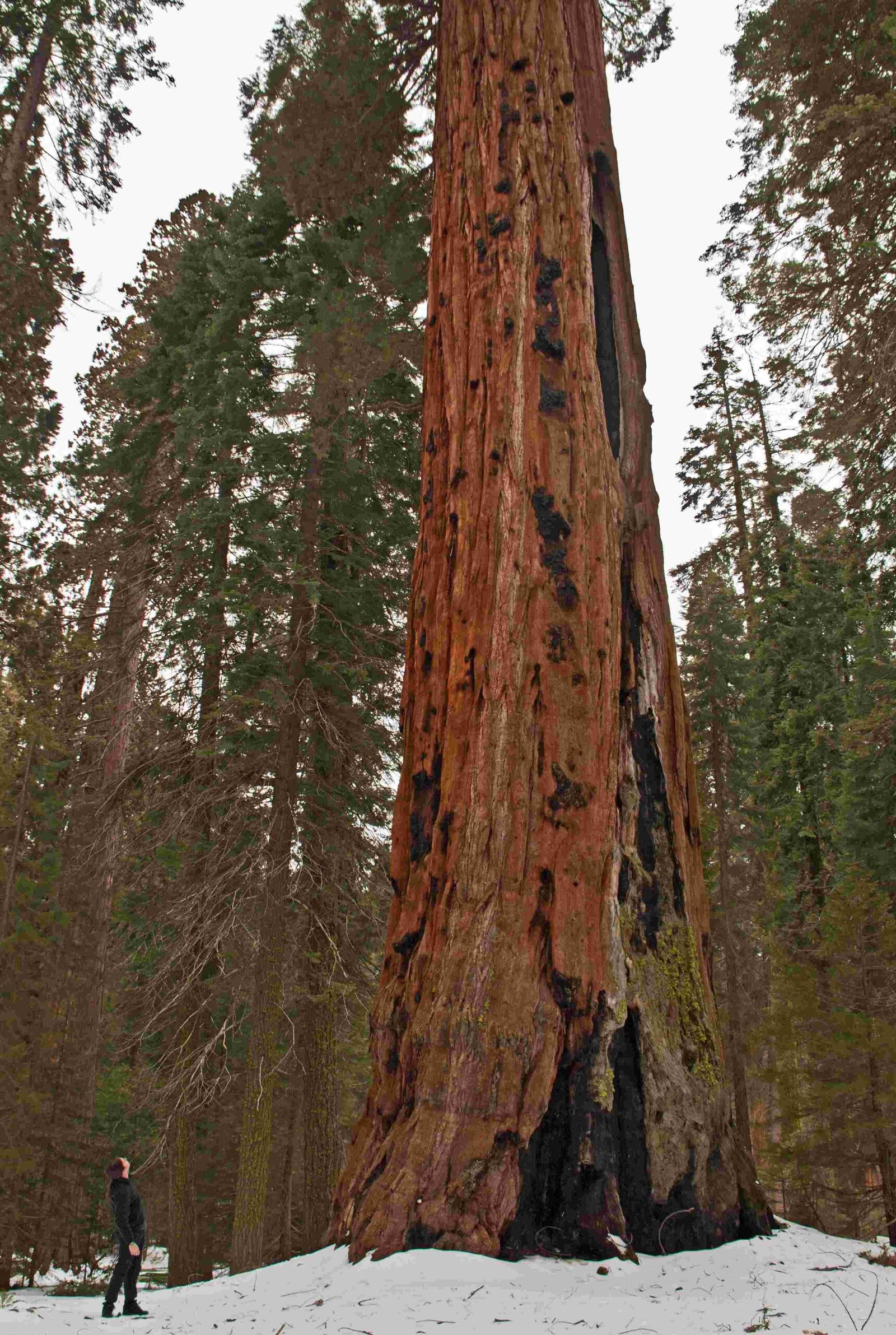Sequoia National Park, part of the Sierra Nevada mountain range, showcases a dynamic geological landscape shaped by ongoing tectonic activity, glacial processes, and erosion. The park’s active geological features include uplifting mountains, small glaciers, and deep canyons carved by powerful rivers. These elements continue to shape the park’s dramatic scenery, from towering granite peaks to marble cave systems, offering visitors a glimpse into Earth’s ongoing geological processes.
What Are the Key Tectonic Activities in Sequoia National Park?

Sequoia National Park’s geological story is one of constant change and movement. The Sierra Nevada mountain range, of which the park is a part, is still geologically active. Here are some of the key tectonic activities shaping the park:
-
Mountain Uplift: The Sierra Nevada is a relatively young mountain range, with significant uplift occurring over the last 10 million years. This ongoing process is responsible for the park’s dramatic elevation changes and rugged terrain.
-
Earthquake Activity: The eastern side of the Sierra Nevada, near Bishop and Lone Pine, experiences frequent seismic activity. While major earthquakes are rare within the park itself, the region’s tectonic instability contributes to the ongoing shaping of the landscape.
-
Glacial Action: Although much reduced from their Ice Age extent, small glaciers still exist in the park’s highest elevations. These are the southernmost glaciers in North America and continue to sculpt the landscape, albeit at a slower pace than in the past.
How Did the Park’s Iconic Granite Formations Develop?

The granitic rocks that form the backbone of Sequoia National Park have a fascinating origin story:
-
Magmatic Intrusion: During the Cretaceous Period (about 145 to 66 million years ago), molten rock intruded into older metamorphic rocks beneath the Earth’s surface.
-
Slow Cooling: This molten rock cooled slowly over millions of years, forming large crystals and creating the granitic rocks we see today.
-
Uplift and Erosion: Tectonic forces lifted these granitic rocks, while erosion stripped away the overlying metamorphic rocks, exposing the granite.
-
Weathering and Sculpting: Over time, weathering and erosion sculpted the exposed granite into the dramatic formations we see today, including domes, spires, and sheer cliffs.
What Are the Most Impressive Geological Features in Sequoia National Park?
Sequoia National Park boasts several awe-inspiring geological features that showcase its active geological history:
-
Mount Whitney: Standing at 14,491 feet, Mount Whitney is the tallest peak in the contiguous United States. It’s located along the eastern boundary of the park and is a testament to the powerful uplift forces that created the Sierra Nevada.
-
Kings Canyon: One of North America’s deepest canyons, Kings Canyon has walls over 5,000 feet deep for 30 miles. The canyon’s depth and extent demonstrate the power of glacial and fluvial erosion over millions of years.
-
Great Western Divide: This mountain range within the park includes peaks over 12,000 feet high. It separates the Kern River Valley from the Kings River Valley, showcasing the complex topography resulting from tectonic uplift and erosion.
-
Marble Caves: The park is home to over 270 caves formed in marble beds, including Lilburn Cave, the longest in California. These caves represent the interplay between the park’s metamorphic rocks and water erosion over millennia.
What Types of Rocks Can Visitors Observe in Sequoia National Park?
Sequoia National Park offers a diverse array of rock types for geology enthusiasts to explore:
-
Granitic Rocks: The most prevalent rock type in the park, including granite, diorite, and monzonite.
-
Metamorphic Rocks: Found in isolated areas, these include:
- Metavolcanic rocks
- Schist
- Quartzite
- Phyllite
-
Marble
-
Metasedimentary Units: These include:
- Cambrian Campito and Poleta formations
-
Permian Keeler Canyon, Lone Pine, and Conglomerate Mesa formations
-
Glacial Till: Younger deposits from Pleistocene glaciers can be found throughout the park.
Are There Any Active Volcanoes in Sequoia National Park?
No, there are no active volcanoes in Sequoia National Park. The park’s geological history includes volcanic activity, but this occurred millions of years ago. The evidence of this ancient volcanism can be seen in the park’s intrusive suites, which represent complex, episodic emplacements of molten rock during the Mesozoic era. These include:
- Mount Whitney Intrusive Suite
- John Muir Intrusive Suite
- Mitchell Intrusive Suite
- Sequoia Intrusive Suite
- Shaver Intrusive Suite
- Fine Gold Intrusive Suite
- Palisade Crest Intrusive Suite
- Scheelite Intrusive Suite
While not currently active, these intrusive suites provide valuable insights into the park’s volcanic past and the processes that shaped its current landscape.
How Can Visitors Experience Sequoia National Park’s Geological Features?
Visitors to Sequoia National Park have several options to explore and experience its geological wonders:
-
Scenic Drives: Many of the park’s geological features can be viewed from scenic drives, such as the Generals Highway.
-
Hiking Trails: Numerous trails offer close-up views of the park’s granite formations, deep canyons, and glacial valleys.
-
Cave Tours: Guided tours of Crystal Cave provide an opportunity to explore the park’s underground geological features.
-
Visitor Centers: The park’s visitor centers offer exhibits and information about the area’s geology.
-
Ranger-led Programs: Seasonal programs often include geology walks and talks.
| Activity | Description | Best Time to Visit |
|---|---|---|
| Scenic Drives | View geological features from your car | Year-round, weather permitting |
| Hiking | Explore trails showcasing various rock formations | Late spring to early fall |
| Cave Tours | Guided tours of Crystal Cave | Summer months |
| Visitor Centers | Learn about park geology through exhibits | Year-round |
| Ranger Programs | Participate in geology-focused educational programs | Primarily summer months |
It’s important to note that access to some geological sites may be limited due to seasonal closures or remote locations. Always check current conditions and park advisories before planning your visit.
What Should Visitors Know About Accessibility and Facilities?
When planning a visit to explore Sequoia National Park’s active geological features, consider the following:
-
Accessibility: Some areas, especially backcountry and high-elevation sites, may be challenging to access due to steep terrain and weather conditions.
-
Best Visiting Times: Late spring, summer, or early fall generally offer the best accessibility and weather conditions.
-
Facilities: The park provides various amenities including:
- Parking areas
- Visitor centers
- Restrooms
-
Picnic areas
-
Guided Tours: Available for sites like Crystal Cave and other geological attractions, providing detailed information about the area’s geology and history.
-
Costs:
- Park entrance fees apply (check the official NPS website for current rates)
-
Additional costs for guided tours (varies by tour)
-
Seasonal Considerations: Some areas may be inaccessible during winter months due to snow and ice.
Remember to always practice Leave No Trace principles to help preserve these geological wonders for future generations.
By exploring Sequoia National Park’s active geological features, visitors can gain a deeper appreciation for the dynamic processes that have shaped, and continue to shape, this remarkable landscape. From towering granite peaks to deep marble caves, the park offers a unique window into Earth’s geological past and present.
References:
1. https://www.nps.gov/articles/nps-geodiversity-atlas-sequoia-and-kings-canyon-national-parks-california.htm
2. https://www.nps.gov/articles/000/stratotype-inventory-sequoia-and-kings-canyon-national-parks-california.htm
3. https://www.nps.gov/seki/learn/nature/geology_overview.htm

